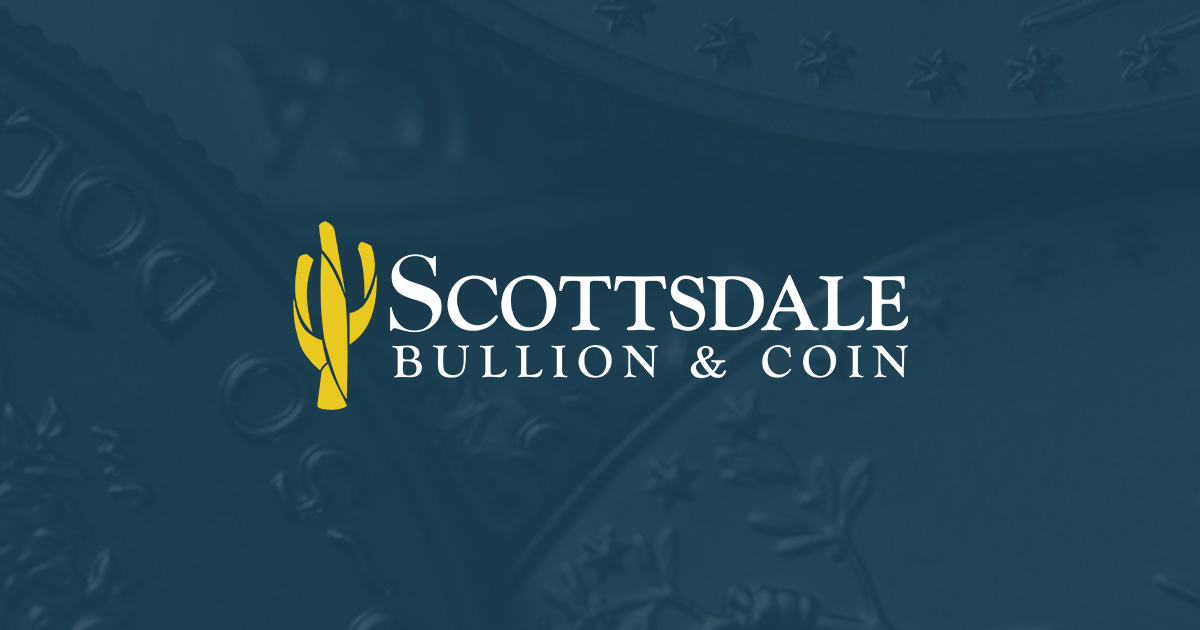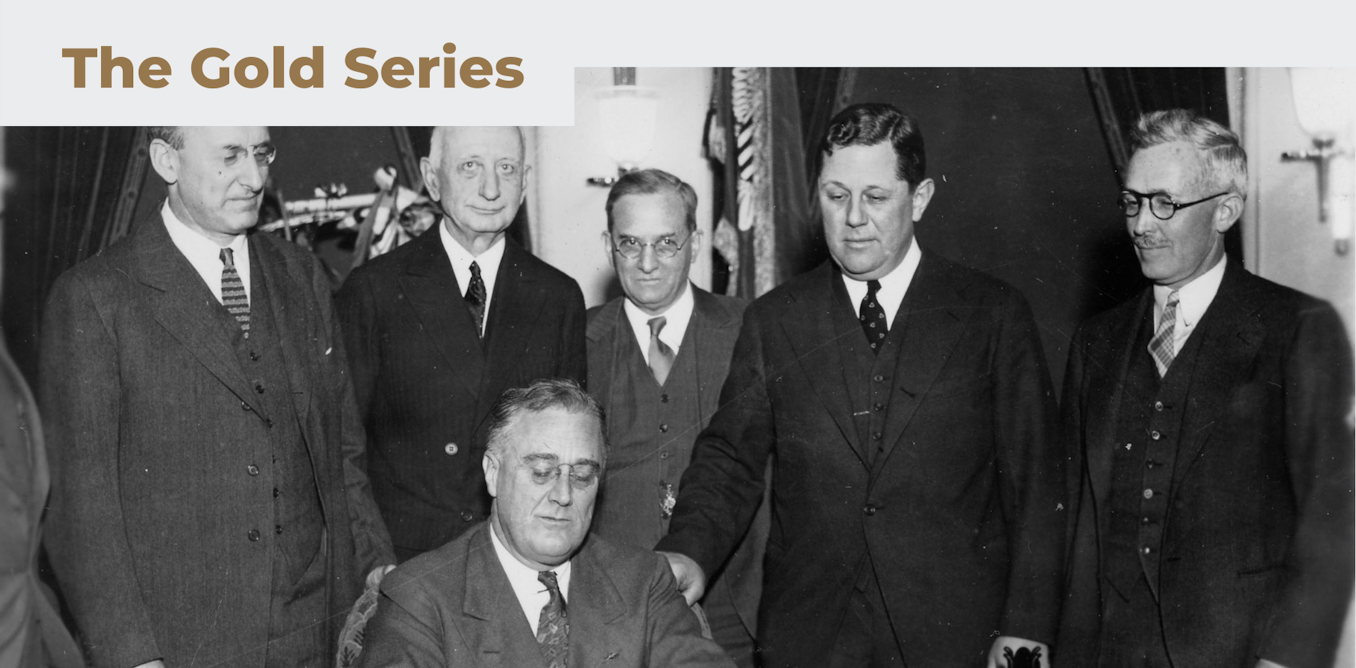Line Doggie
Contributing Member
Banks are required to keep some percentage of collateral, or reserves, on hand to back up their deposits. When depositors show up wanting their money back, banks have to be reasonably prepared to meet those demands.
International banking is done in accord with a regulatory system called the Basel Accords, put out by the Basel regulators.
They're phasing in Basel III right now, which includes a provision that reduces the amount of unallocated gold that banks can claim as a reserve. Unallocated gold is 'paper gold', a claim on a holding somewhere that might have any number of other claims against it as well. Allocated gold, on the other hand, is gold that is being held in someone's name - it's claimed.
Banks therefore either have to increase their real gold, or allocated gold, holdings - or meet their reserve requirements some other way.
I'm certainly no financial whiz, but my guess is that the recent sogginess in gold prices has to do with banks realigning their holdings to comply with Basel III. The change in gold reserve reporting begins in July.
Staying with gold holdings or even increasing them might be the smart thing to do, especially given the inflationary or stagflationary world we're living in.
International banking is done in accord with a regulatory system called the Basel Accords, put out by the Basel regulators.
They're phasing in Basel III right now, which includes a provision that reduces the amount of unallocated gold that banks can claim as a reserve. Unallocated gold is 'paper gold', a claim on a holding somewhere that might have any number of other claims against it as well. Allocated gold, on the other hand, is gold that is being held in someone's name - it's claimed.
Banks therefore either have to increase their real gold, or allocated gold, holdings - or meet their reserve requirements some other way.
I'm certainly no financial whiz, but my guess is that the recent sogginess in gold prices has to do with banks realigning their holdings to comply with Basel III. The change in gold reserve reporting begins in July.
Staying with gold holdings or even increasing them might be the smart thing to do, especially given the inflationary or stagflationary world we're living in.






